According to the Japan Tourism Agency, foreign visitors will spend an average of 234,524 yen in 2022, 212,764 yen in 2023 and 208,760 yen in the first quarter of 2024 - figures that show a downward trend.
According to the Japan Tourism Agency, foreign visitors will spend an average of 234,524 yen in 2022, 212,764 yen in 2023 and 208,760 yen in the first quarter of 2024 - figures that show a downward trend.
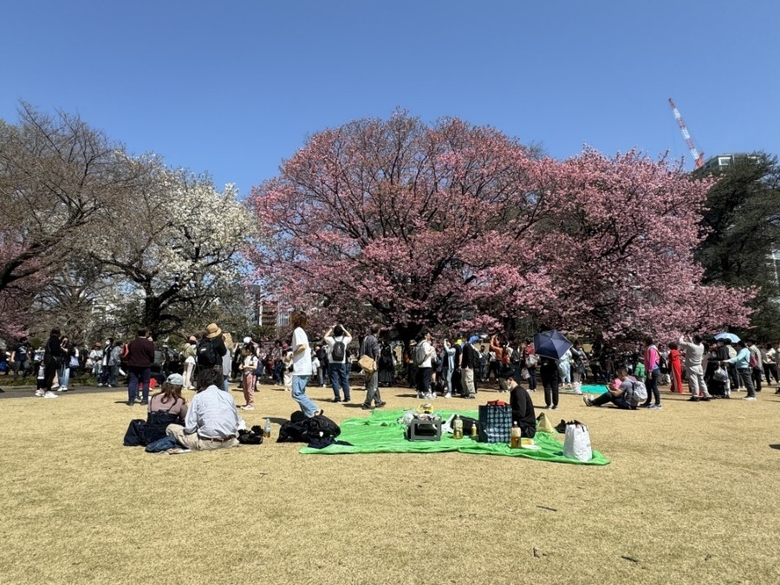
Tourists come to admire cherry blossoms at Shinjuku Gyoen National Park in Tokyo (Japan).
Although international visitor spending in Japan has hit a record high, data shows that visitors are becoming more frugal, putting tourism businesses at risk of falling into the low-profit “trap” of pre-pandemic times.
According to the Japan Tourism Agency, foreign tourist spending in the first quarter of 2024 reached about 1.75 trillion yen ($11.2 billion), up 73.3% year-on-year and 52% higher than the same period in 2019, before the COVID-19 pandemic.
For the full year, 2024 is likely to surpass the record 5.3 trillion yen set in 2023.
However, data on average spending per tourist shows a downward trend, amid a weakening yen.
Foreign visitors will spend an average of 234,524 yen in 2022, 212,764 yen in 2023 and 208,760 yen in the first quarter of 2024.
Before the pandemic, average spending per visitor peaked at 176,167 yen in 2015, during a shopping boom by Chinese tourists.
The figure recorded in the first quarter of this year was only about 20% higher than that, although the yen has depreciated significantly since then.
From its peak in 2015 to 2019, just before the COVID-19 outbreak, average spending per visitor was flat or falling due to a combination of factors, including less interest in shopping and lower visitor satisfaction due to overtourism.
Japan is becoming a destination for budget travelers amid a weakening yen. Accommodation spending increased both in absolute terms and as a percentage of total spending in the first quarter of 2023 compared to the same period in 2019.
Spending on food and drink increased in dollar amount but accounted for a similar proportion of total spending. Meanwhile, the proportion of spending on shopping decreased.
Spending on entertainment and services, which has been a weak point for Japanese tourism compared to Europe and the US, is growing in size but still accounts for less than 10% of total spending.
In other words, travelers are spending a significant portion of their budget on accommodation, without spending much on shopping and entertainment.
Tourists also flock to free attractions, such as railway crossings featured in manga, shopping districts and temples in Kyoto, and a convenience store near Mount Fuji that has become a tourist attraction for those looking to capture the perfect photo of the famous mountain.
In the spring of 2023, learning from the negative impacts of the previous "quantity-first" approach, the Japanese government set tourism targets that do not focus solely on the number of tourists.
The goals set for 2025 include total spending reaching 5 trillion yen, average spending per visitor reaching 200,000 yen and dispersing tourist traffic to less well-known areas.
Thanks in part to a weak yen, Japan has achieved some key goals ahead of schedule. But if the yen strengthens, the country’s tourism industry could falter as low prices become less of a strategy to attract visitors.
Source


![[Photo] Prime Minister Pham Minh Chinh meets with King Philippe of Belgium](https://vstatic.vietnam.vn/vietnam/resource/IMAGE/2025/4/1/be2f9ad3b17843b9b8f8dee6f2d227e7)
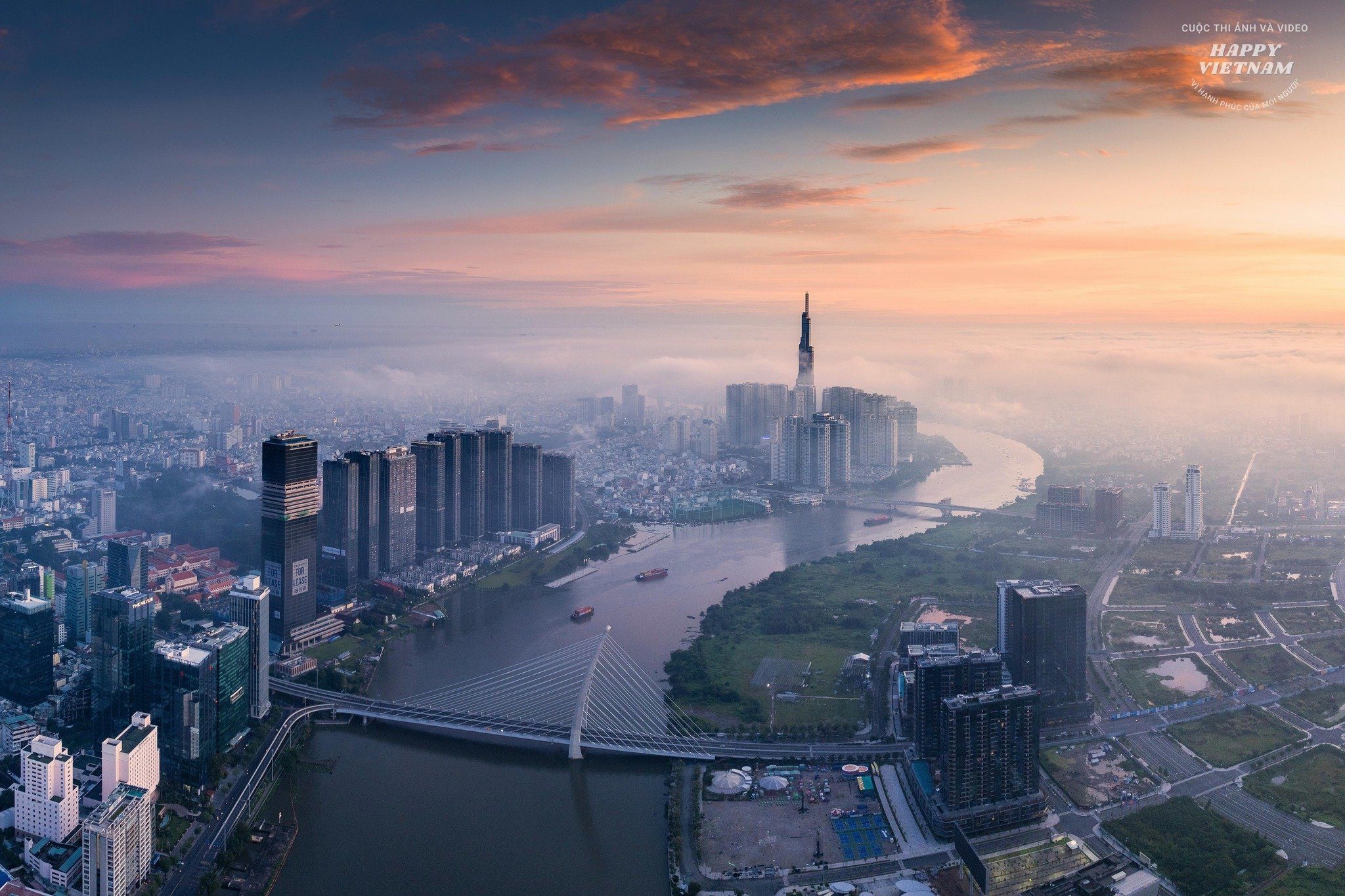

![[Photo] Close-up of Vietnam's sniffer dog team searching for earthquake victims in Myanmar](https://vstatic.vietnam.vn/vietnam/resource/IMAGE/2025/4/1/d4949a0510ba40af93a15359b5450df2)
![[Photo] General Secretary To Lam receives King Philippe of Belgium](https://vstatic.vietnam.vn/vietnam/resource/IMAGE/2025/4/1/e5963137a0c9428dabb93bdb34b86d7c)
![[Photo] President Luong Cuong and King Philippe of Belgium visit Thang Long Imperial Citadel](https://vstatic.vietnam.vn/vietnam/resource/IMAGE/2025/4/1/cb080a6652f84a1291edc3d2ee50f631)

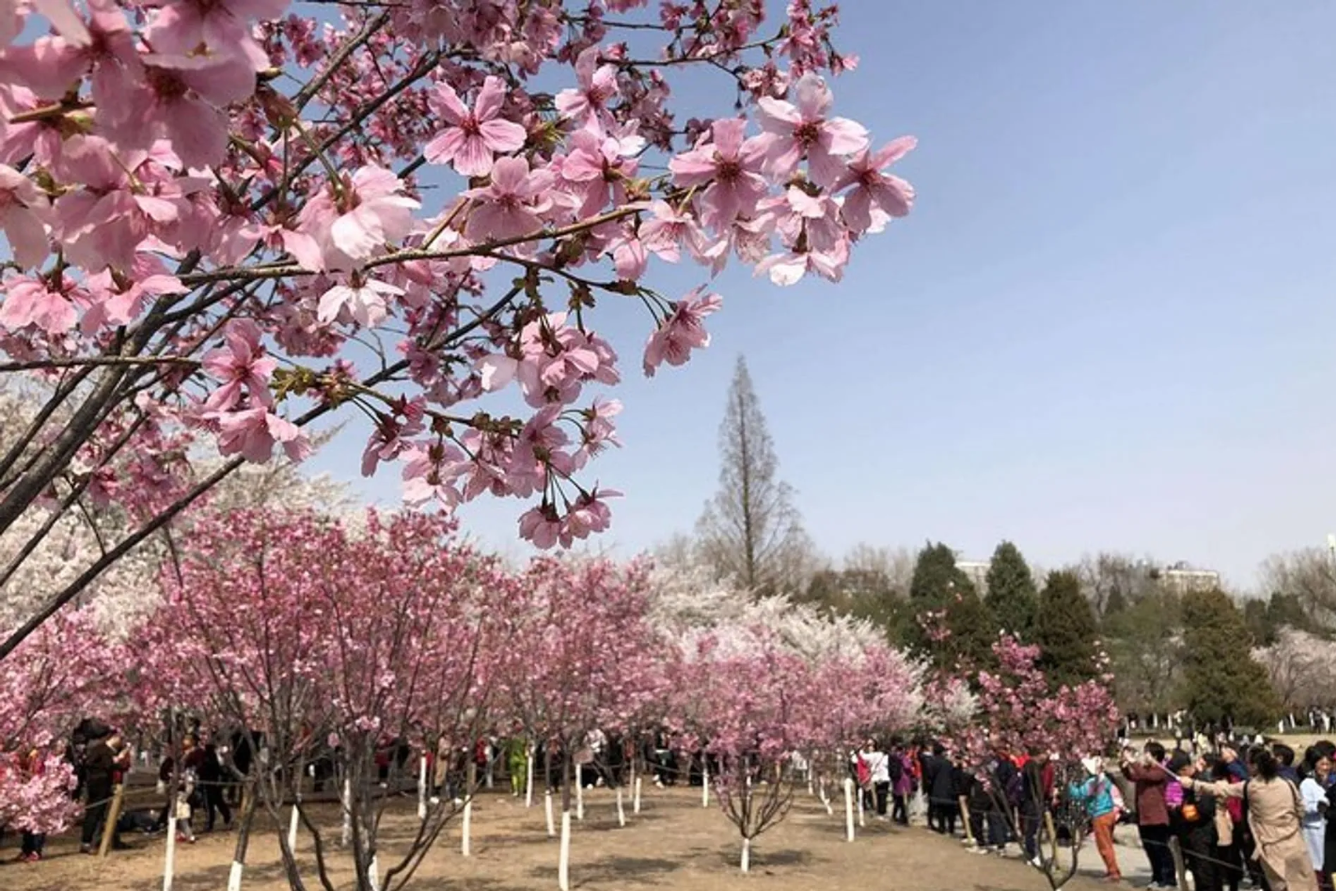


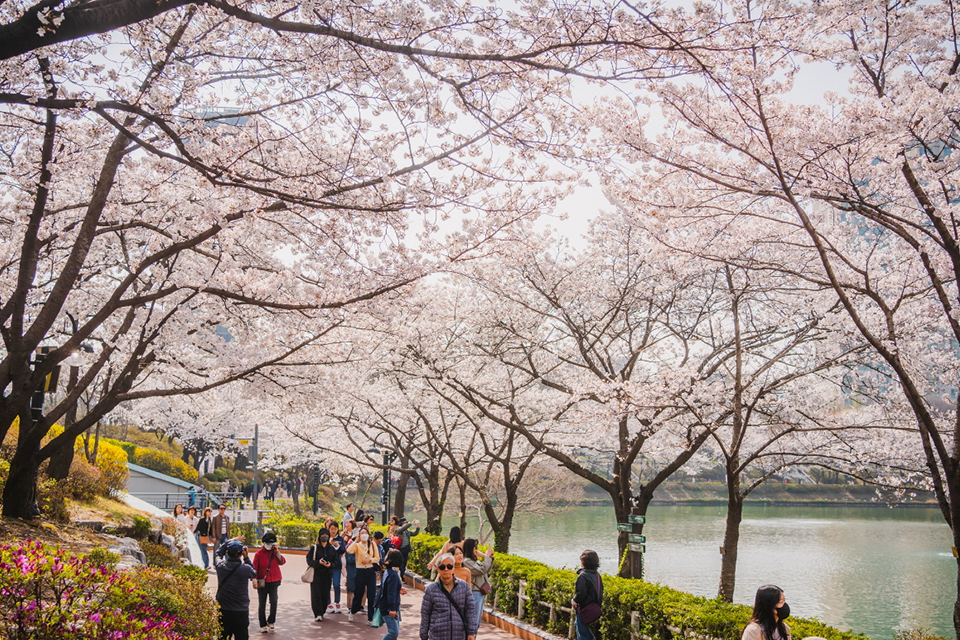
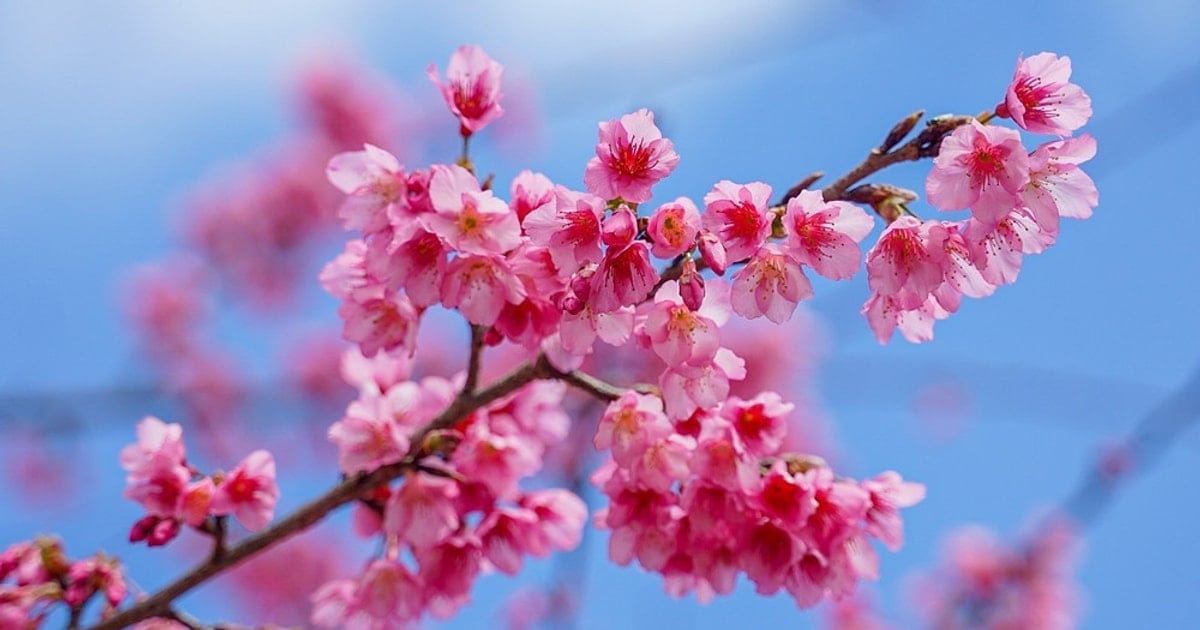

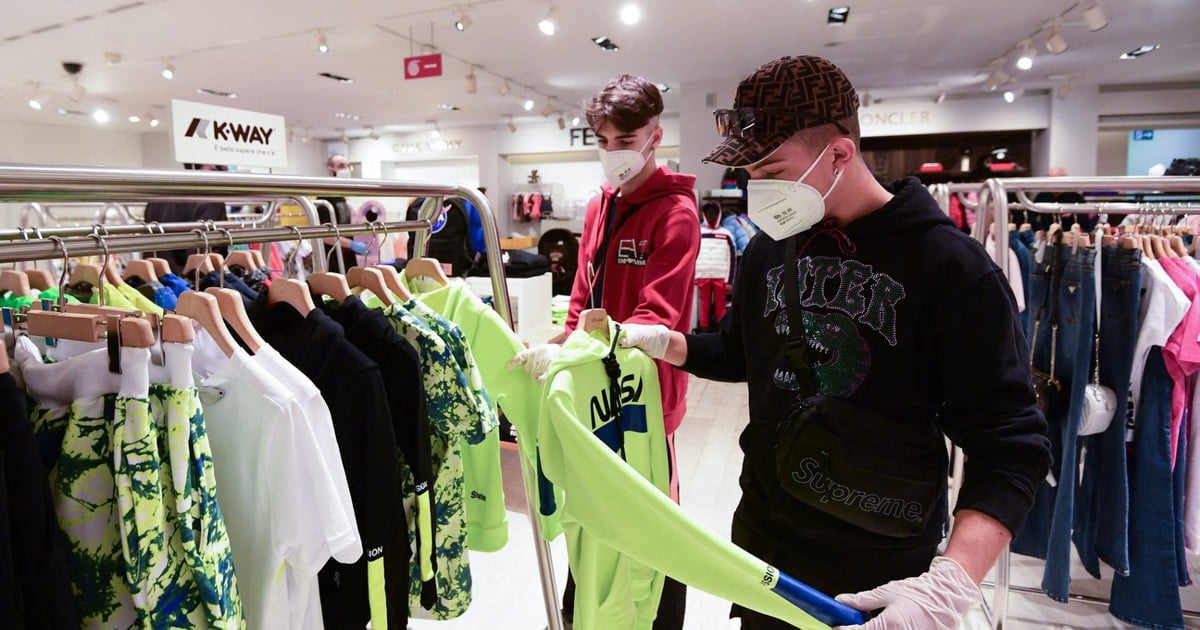


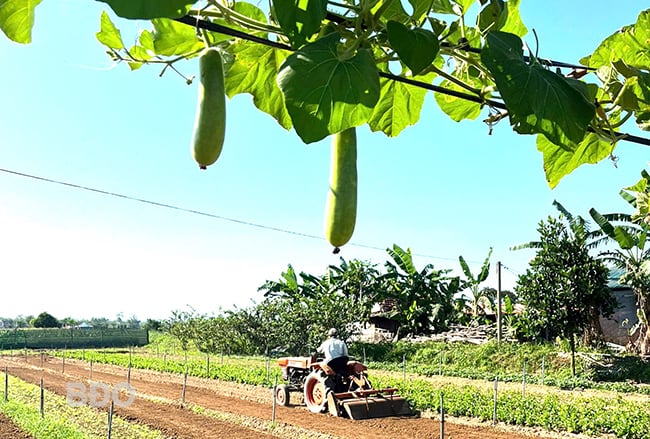
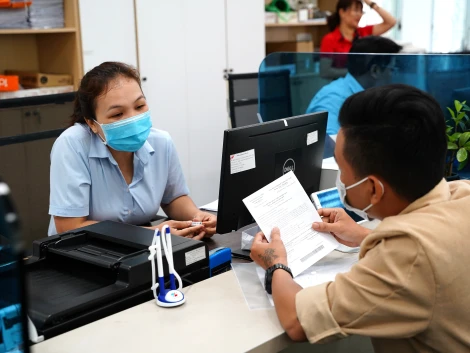
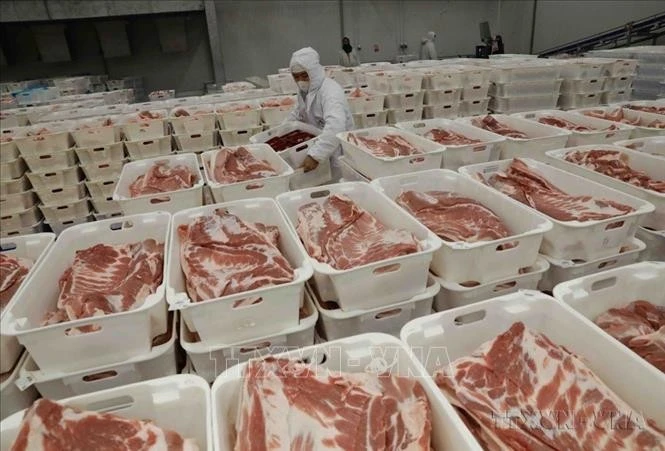

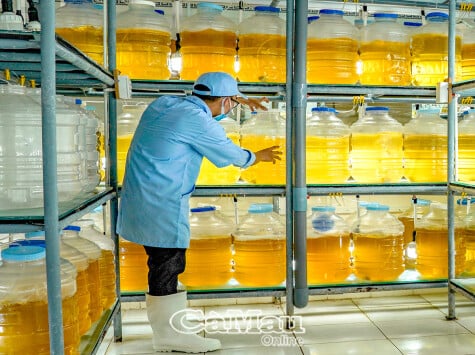







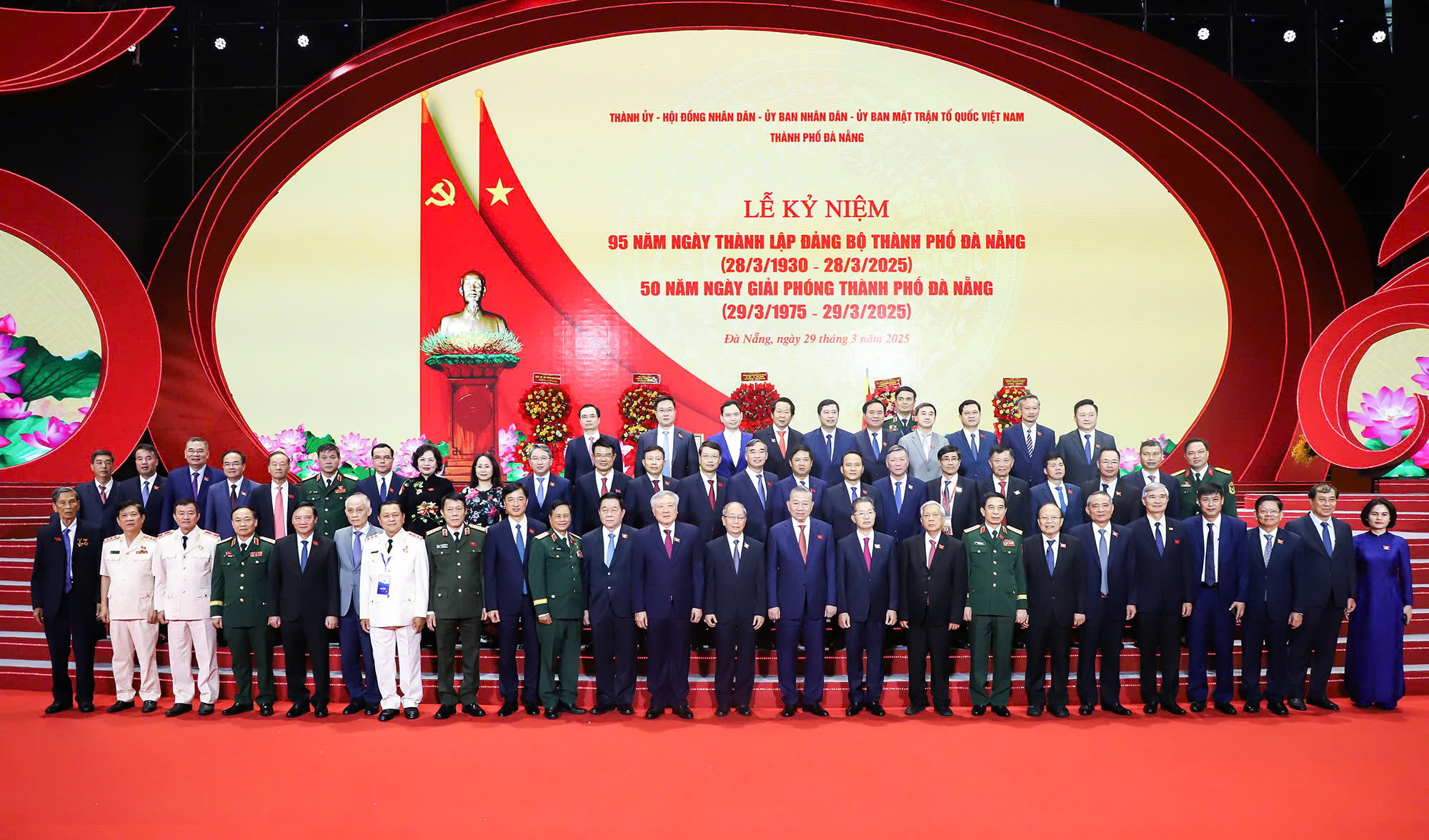
































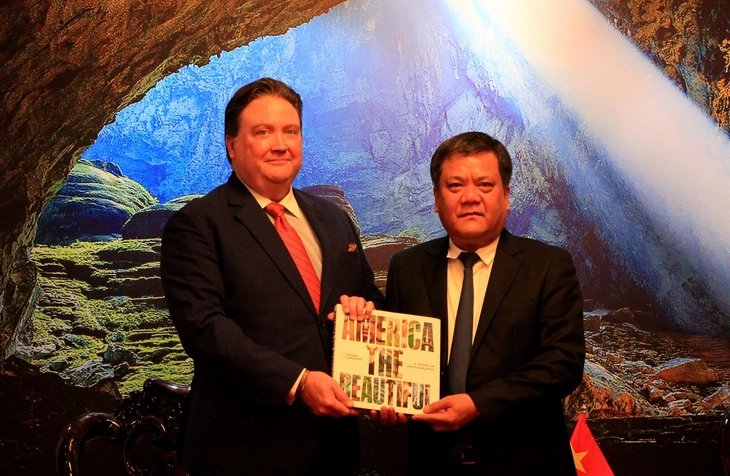



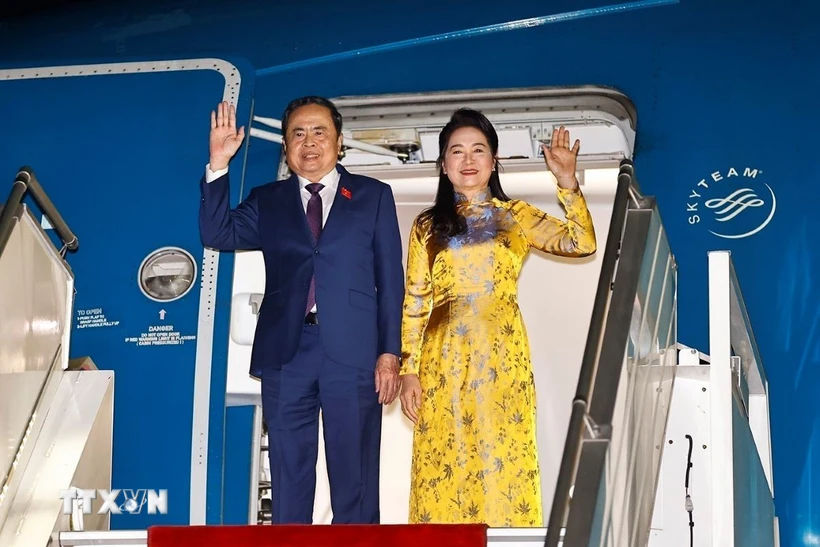




















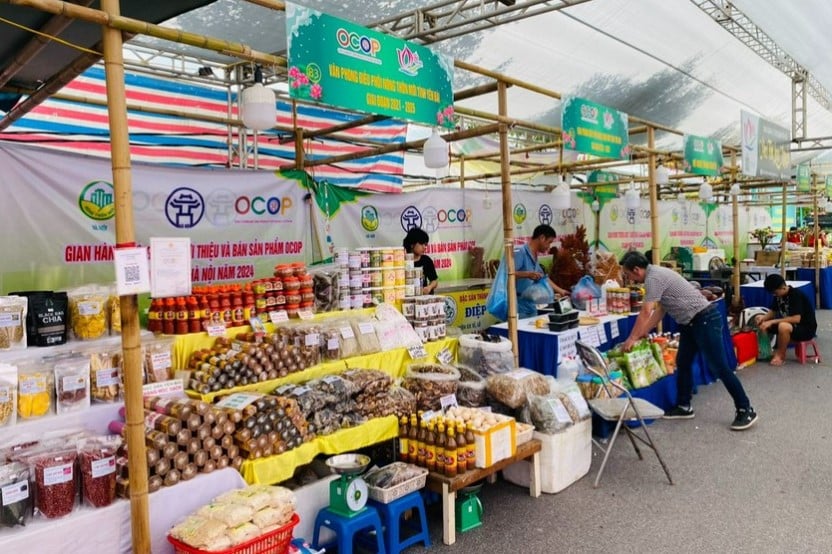
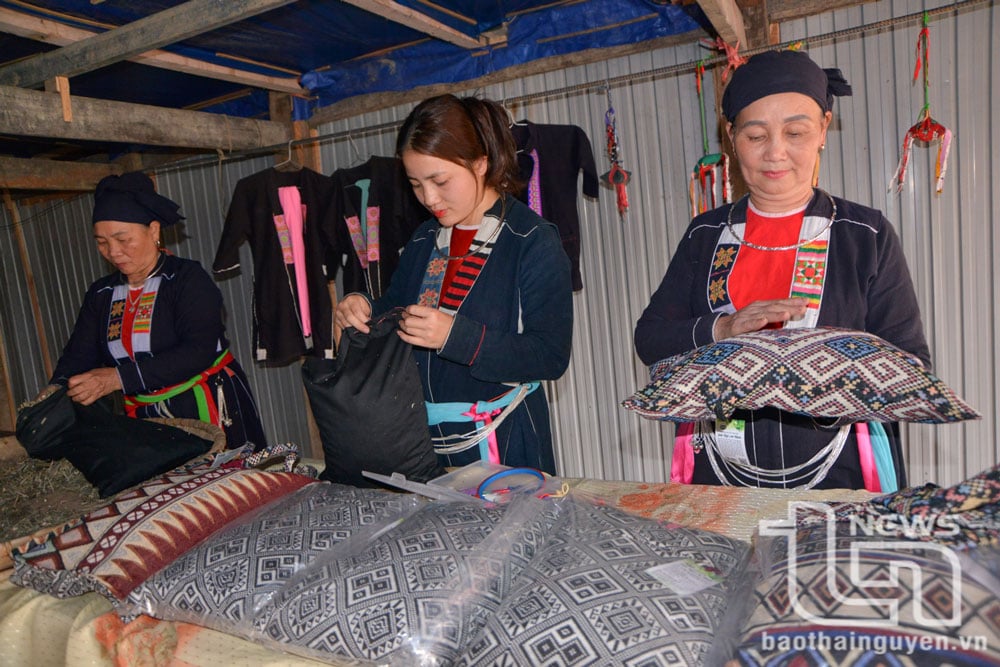



Comment (0)